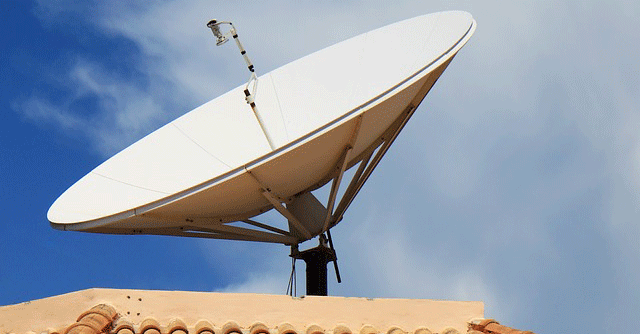
What does Jio's foray into satellite internet mean for you?


Mukesh Ambani’s Jio Platforms announced a joint-venture with European satellite-based broadband service company SES to foray into the satellite internet space. With the JV, the top two telecom operators in India are exploring satellite internet services, but what exactly is satellite internet? What does it mean for us?
What is satellite internet?
The technology beams the internet down from a satellite that’s orbiting the Earth. Companies like Jio, Bharti Airtel’s OneWeb, and billionaire Elon Musk’s Starlink want to send hundreds and thousands of these satellites to orbit the Earth and beam down the Internet to people. OneWeb plans to launch 648 satellites, while Musk’s Starlink has permits to launch over 4000. So far, OneWeb has launched over 300 of its satellites while Starlink has launched over 2000. Jio’s journey is only beginning, but SES already operates 70 deployed satellites. It’s worth noting that Starlink plans to launch 42000 satellites in the coming decade or more.

Are Jio’s satellites the same as the other two?
No. Jio’s JV will use geostationary (GEO) and medium earth orbit (MEO) satellites, while Starlink and OneWeb use low Earth orbit (LEO) satellites. The latter involves satellites that are cheaper to make and deploy, but requires a satellite constellation working in sync to offer coverage on Earth. GEO and MEO satellites are larger, and are deployed in higher orbits, which cost more. These satellites cover more area on ground and require fewer ground stations on Earth to operate, but have lesser coverage area, and are therefore ideal for targeted coverage area on Earth. LEOs move faster and can hence provide global coverage.
What are the advantages of satellite internet?

The reason telecom firms want to explore satellite internet is that there are some areas on Earth where fibre connections can just not reach. Satellite networks are used to bring connectivity in such areas, which includes hills, remote islands and more. Consumer applications are new, but satellite networks have been used for ages in military applications.
What are the disadvantages of satellite internet?
The applications and power of satellite internet is often oversold by popular fiction. In reality, these networks do have their limitations, the biggest being high latency and low bandwidths. Latency is what we discern as internet speeds, while bandwidth determines how many devices can connect and use a network at the same time. Experts say that current satellite connections will bring 1-2MB bandwidth, which just about qualifies as broadband under India’s Broadband Policy. Similarly, such networks can have 240 ms latency as compared to the sub-10ms home broadband providers in urban areas promise today. Diagnosing faults also requires specialized knowledge of satellites, while weather conditions can significantly lower performance too.

